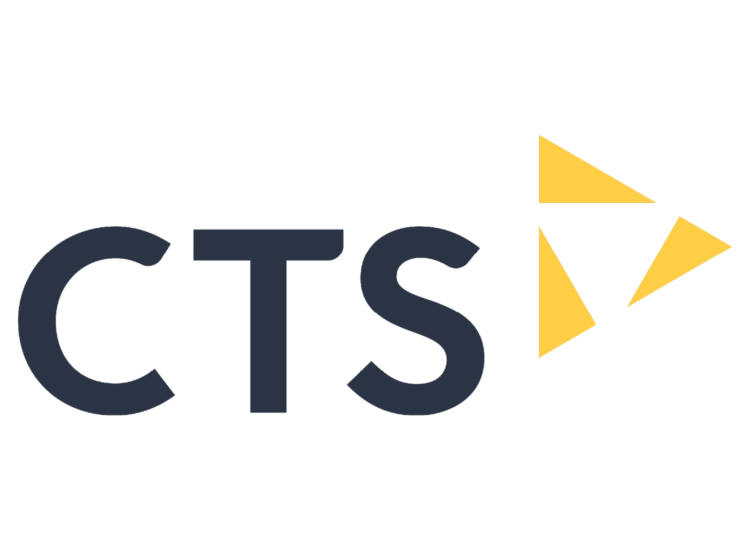
In the not too distant future, a number of Practice Management Solutions will become End-of-Life (EOL), receiving no further support after this date.
While we’ve previously covered the risks of using End-of-Life software within your organisation, you may have decided that you don’t need to migrate to a new platform just yet. However, there are four substantial reasons to start migrating sooner than you think…
1. You’re delaying the inevitable and increasing your costs
Continued investment in technology infrastructure to support software on the cusp of becoming obsolete means you’ll be spending thousands today, before having to reinvest when you implement a new system.
In addition to Practice Management software, the following products will also reach End of Extended Support by 2020:
- MS Server 2008
- MS Exchange 2010
- MS Office 2010
- SQL 2008
- Citrix Xenapp 6.5
This could render a significant part, or even the majority, of your technology stack obsolete and unsupported, leaving your firm at risk, either from attacks or an increased cost to maintain.
The last thing you’ll want is to spend thousands upgrading your existing environment, to then have to build a new environment when you implement new Practice Management Software. If you move before the end of 2020, you’ll reduce your workload and your costs.
Considering a move to a new Practice Management System? Download our free guide for law firms for top tips on making your implementation project a success.
2. Planning will take longer than you think
A typical timeline for a legal firm implementing a new PMS is a minimum of two years, and can often take up to four years to embed across the whole firm.
If you’ve yet to start this, carry out a full audit of both your hardware and software. Your aim here is to create a long-term roadmap, ensuring that you select tools and technologies that work together effectively and aren’t just sticking plasters that often end up being costly in other areas (ie. productivity losses, support costs, training etc.)
When you inevitably move to a new Practice Management System, you’ll need to make your technology selections in conjunction with these other necessary changes. If this isn’t planned in advance, you’ll find yourselves either not able to use your new system to its full potential or railroaded into using other technologies that may not be best for your firm.
3. You can start unlocking productivity improvements now
While your firm has grown, structures have changed, and your processes have evolved, your PMS is likely to be very similar to the day you installed it. It comes as no surprise that newer systems are faster and more powerful, with new features designed to make the most of the latest technology available.
Many firms underestimate just how much difference this can make to day-to-day operations, often finding substantial productivity improvements post-migration as many manual processes become automated and more efficient while reducing the likelihood of errors. Some examples of productivity improvements include:
- Harnessing powerful data – Modern systems tend to have the ability to gather and analyse rich data, making them far more focused on improving client experience.
- More intelligent, personal marketing – Using insights to better inform your marketing, for example, receiving automated emails when your clients are in the news or monitoring a particular sector for key changes.
- Improving client service – Sharing information with clients through personalised dashboards, alongside detailed records and analytics, reducing manual admin processes.
- More detailed internal analysis – Enabling your firm to Identify key issues with client service such as delays/bottlenecks, while allowing you to predict peaks & troughs in work, allocating resource where necessary.
4. Reduce legacy development costs and take advantages of cutting-edge application integrations
If your firm is integrating new technology such as AI into the firm or looking at software for other business functions, you may increasingly find that integrations are not available for your existing PMS. While this starts to manifest itself with minor annoyances, these can easily snowball, slowing down processes and holding your firm back from further growth.
Many firms have attempted to get newer technology working with old, finding significant upfront development costs and ongoing maintenance headaches to maintain negligible improvements at best.
Simply put, by outlining your technology needs sooner rather than later, you can begin to implement, and take advantage of the latest developments, fueling further growth and keeping one step ahead of the competition.
If you’re getting ready to change your practice management solution, our ultimate guide will be able to help you implement your new software.




